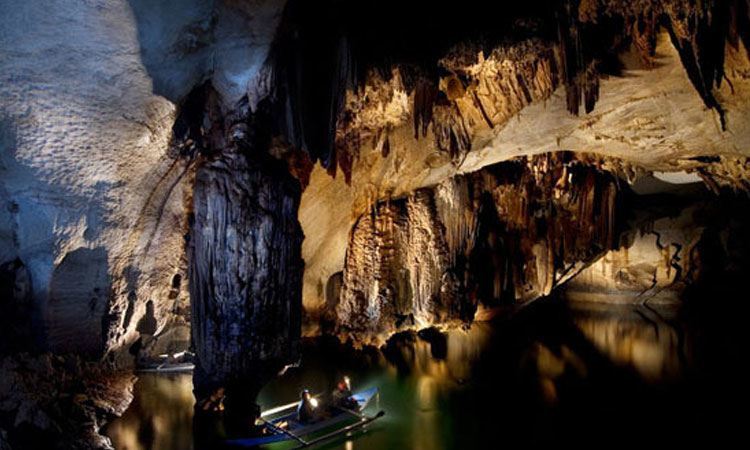Quartzite is better known with its technical name of quartz-arenite. It is essentially rock mostly made of quartz grains, the size of sand grains, cemented by silica. These rocks are very hard and resistant as a result of re-crystallization.
Quartz is the most widespread mineral on the earth’s surface but it is almost always interspersed with other minerals. Also it is very resistant to chemical weathering.
Alteration processes generally destroy other minerals leaving quartz and a few others intact. As a consequence, rocks subjected to erosion-sedimentation-lithification cycles are richer in quartz and tend to become quartzite.
Quartzite of the Gran Sabana formed almost 1.6 billion years ago in the huge continent that united Africa and South America. These sands are very ancient and were laid down by old rivers that flowed into a new land, devoid of any evolved forms of life. In these mountains, as a result of the separation of South America from Africa, rivers flowing down from the Andean Chain carved large canyons that isolated wide plateaus. It is right on these plateaus that waters started to penetrate into the rock digging the wonderful tepui caves, perhaps when dinosaurs were still roaming our planet.
The tepuis quarzites
- Details
- Category: approfondimenti
- Written by Administrator
- Hits: 50198







































